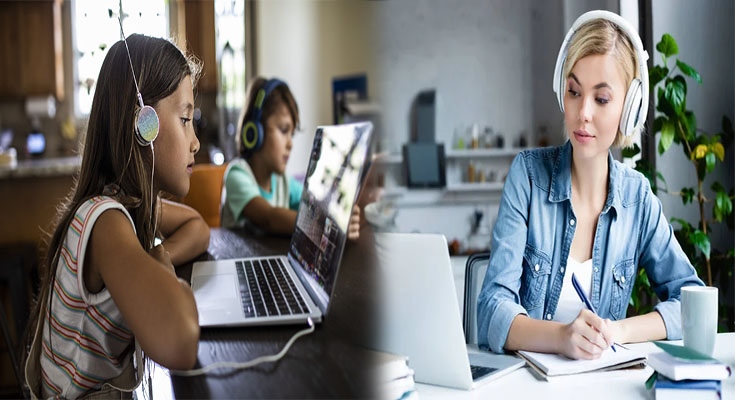The transition to distance learning has reshaped the landscape of education, presenting both students and educators with new opportunities and challenges. In this article, we will explore effective strategies for educators to create engaging and impactful distance learning experiences, fostering a dynamic virtual classroom environment that supports student learning and engagement.
1. Interactive Multimedia Content
Incorporating interactive multimedia content, such as videos, animations, and simulations, can significantly enhance the engagement of distance learning experiences. These visual and interactive elements not only capture students’ attention but also cater to diverse learning styles, making complex concepts more accessible and engaging. Educators can leverage multimedia tools to create visually compelling learning materials that promote active participation and deeper understanding among students.
2. Collaborative Online Discussions
Facilitating collaborative online discussions is a powerful strategy for promoting engagement and critical thinking in distance learning environments. By leveraging discussion forums, virtual chat platforms, or video conferencing, educators can encourage students to share their perspectives, ask questions, and engage in meaningful dialogue with their peers. Incorporating structured prompts, guided questions, and peer-to-peer feedback can further enrich the learning experience and promote a sense of community within the virtual classroom.
3. Gamification and Interactive Activities
Integrating gamification and interactive activities into distance learning can captivate students’ interest and motivation. Educators can design educational games, quizzes, and interactive exercises that foster competition, collaboration, and problem-solving skills. By infusing elements of gamification into the curriculum, educators can create a more dynamic and engaging learning environment that motivates students to actively participate and apply their knowledge in a fun and interactive manner.
4. Personalized Learning Paths and Feedback
Tailoring learning experiences to meet students’ individual needs and providing timely, personalized feedback can enhance engagement and student agency in distance learning. Utilizing adaptive learning platforms and data-driven insights, educators can customize learning paths based on students’ strengths, weaknesses, and preferences. Additionally, providing constructive feedback and acknowledging students’ progress can motivate them to take ownership of their learning and stay engaged in the virtual classroom.
5. Virtual Field Trips and Real-World Applications
Bringing real-world experiences into the virtual classroom through virtual field trips, guest speakers, and case studies can enrich distance learning experiences by connecting abstract concepts to practical applications. Educators can leverage technology to take students on virtual tours, invite guest speakers for interactive sessions, and present real-world scenarios that illustrate the relevance and impact of the curriculum. These experiences can spark curiosity, stimulate discussions, and inspire students to apply their learning in real-life contexts.
Creating engaging distance learning experiences requires a thoughtful blend of interactive, collaborative, and personalized strategies that cater to the diverse needs and learning preferences of students. By embracing innovative technologies, fostering collaborative learning environments, and promoting active participation, educators can create dynamic and impactful distance learning experiences that empower students to thrive in virtual settings and achieve meaningful educational outcomes.





